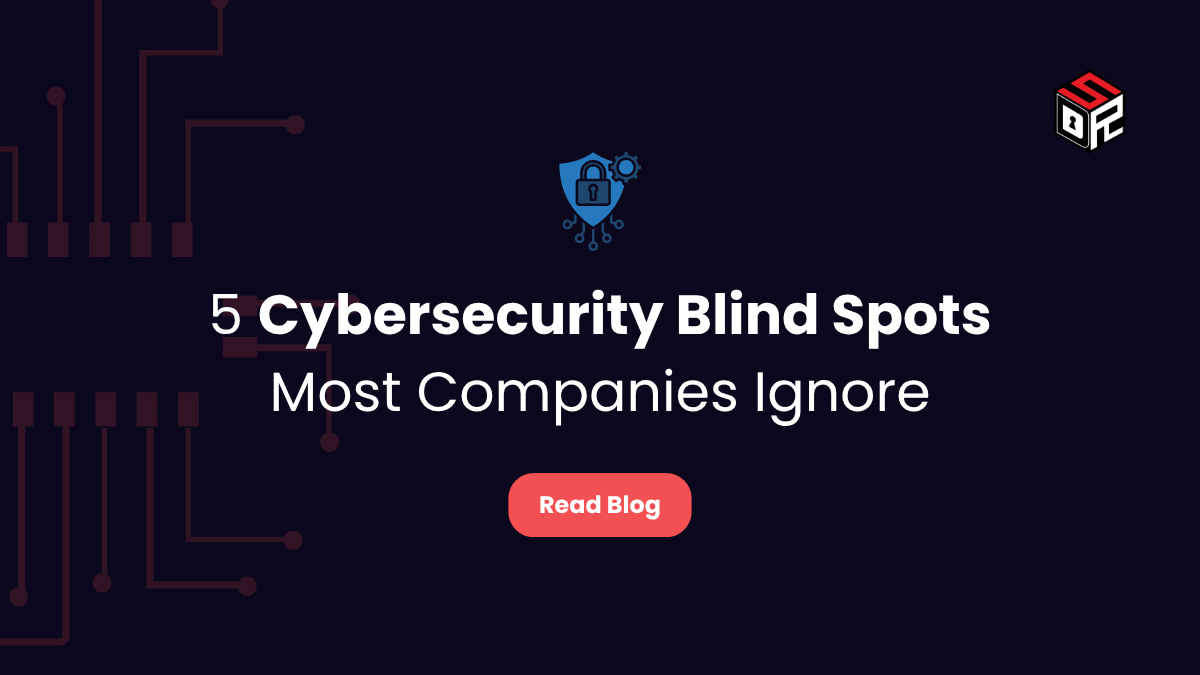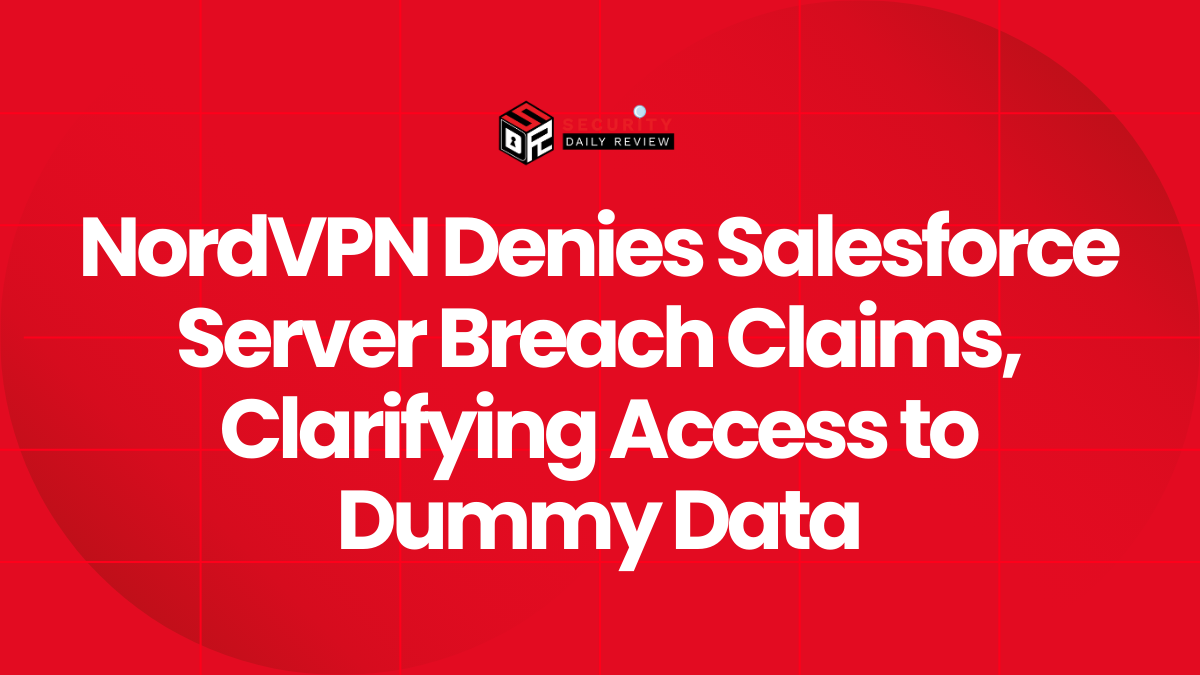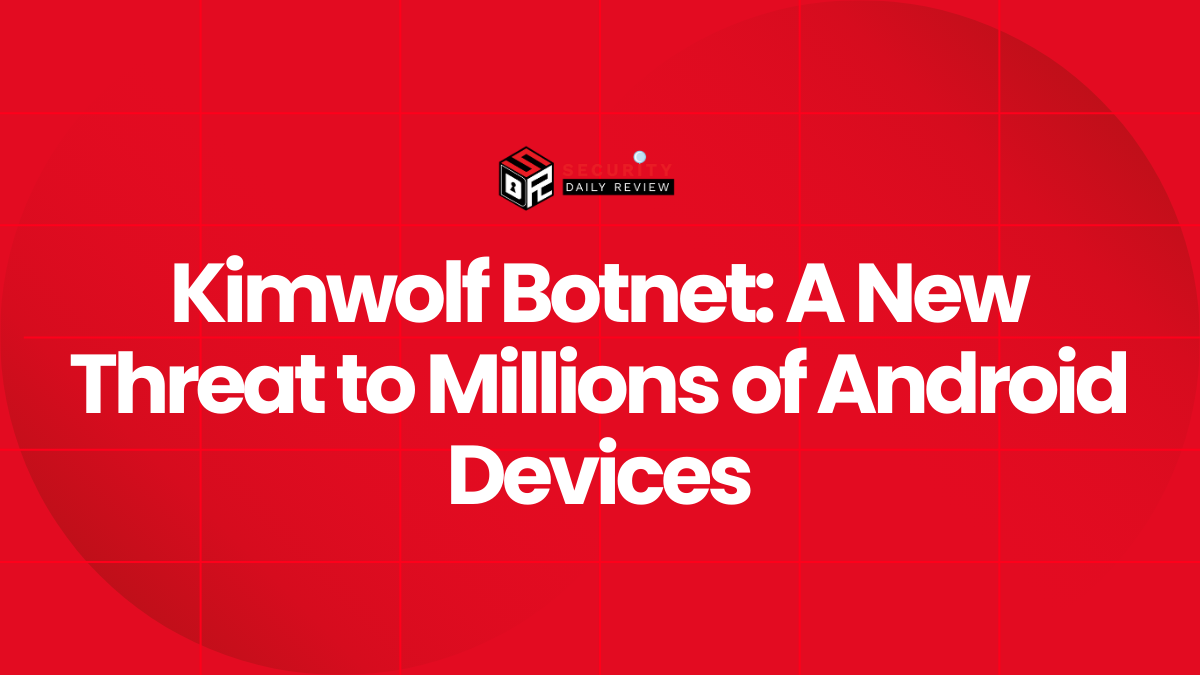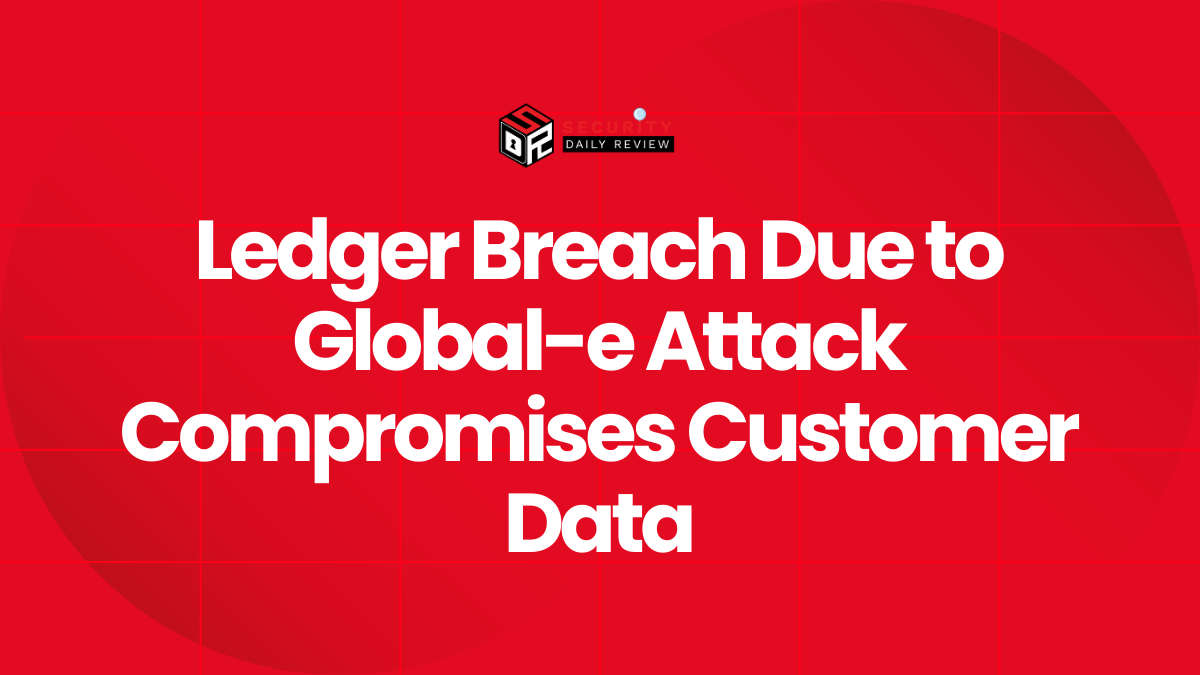Cybersecurity is among the biggest concerns for businesses, especially those from the IT sector. These businesses spent heavily on firewalls, antivirus software, and other cybersecurity tools.
Yet, all these are necessary for creating a safe cybersecurity environment. However, they only protect the big front doors from attacks. There are certain hidden spots that many companies ignore. These blind spots are an easy target for cybercriminals.
This reminds us of a phrase we read online:
“Cyberattacks don’t come from the front door but slip in through overlooked weak spots.”
This blog post aims to highlight five common blind spots that many companies overlook when establishing cybersecurity measures.
5 Most Ignored Cybersecurity Blind Spots
Below, we will walk you through the five most commonly overlooked cybersecurity blind spots. These are the hidden areas that businesses often overlook. They may seem small at first, but attackers are quick to exploit them. So, read carefully, you might also be among those who left them overlooked.
1. Shadow IT (Unapproved Apps and Tools)
Every workplace has employees who find their own shortcuts to perform various tasks. For example, install random extensions to block ads, use a VPN to mask your IP address, or use any other unapproved software to perform a specific task.
The blunder happens when they sign in to this software using their personal email accounts. This practice of using unknown tools and applications without approval is referred to as shadow IT.
This might not seem like a harmless practice to you. But believe us it has many significant risks. As things get installed unknowingly, it means that the business cybersecurity team is also unaware of it. This means no guarantee of security.
This way, sensitive data of companies and files are being put at risk. And the IT department of the company/business has no visibility into what’s happening, which can lead to:
- Data leaks
- Compliance issues
- Malware infections
So, what’s the solution? Well, a simple way to uncover such risks is by monitoring network activity. For instance, performing a DNS lookup on your local network can help you spot suspicious domain requests made by unapproved apps.
When you perform a DNS lookup, you can see all the DNS records associated with a domain or IP address you searched for. These records help you identify whether the app or service connected to your network is safe or not.
2. Poorly Managed Access Controls
Another blind spot is ignoring who has access to what. Many businesses make the mistake of giving everyone complete access to the business network, data, and tools. Even the new employees joining their business have access to the admin panel. This is a serious, in fact, a severe issue that can cause trouble in the near future.
When access controls are poorly managed, it opens the door to insider threats and privilege abuse. Even if the insider isn’t malicious, a compromised account with high-level access can do far more damage than a regular user account.
The solution to this lies in implementing role-based access control (RBAC). Employees should only be granted the permissions necessary for their job, nothing more. Once you have implemented RBAC, consider running regular audits of user accounts and permissions. This will help ensure any old or unused access is revoked.
3. Unpatched Software and Forgotten Systems
- Old servers running
- Legacy apps are in use by a few departments
- Devices are rarely updated
Many companies have multiple systems that incorporate the above elements, which often operate quietly in the background. Overlooking them paves a smooth way for hackers to enter the company’s network.
Especially the unpatched software. They are among the significant causes of data breaches. Hackers actively scan the internet for systems running outdated versions with known vulnerabilities. Once they find one, it’s only a matter of time before they exploit it.
The fix is straightforward but requires discipline: implement a patch management policy.
This means scheduling regular updates for all systems, not just the ones you use daily. By updating regularly, you reduce the number of open doors attackers can use.
4. Third-Party and Vendor Risks
Whether it’s software or hardware in use, many businesses now rely on third-party vendors. Yet, this makes business operations easier, but it also comes with third-party vulnerabilities that can put a company and its employees’ information at stake.
Attackers often target smaller vendors. They are aware that these companies may not have the necessary security measures in place. Once they compromise the vendor, they can use that connection to reach the larger company.
This becomes the base of many supply chain attacks. Even if your own defenses are strong, your data can still be exposed if a vendor is careless. However, there is no need to worry, as these risks can be easily eliminated by conducting regular vendor risk assessments. This involves checking whether your vendors are following security practices such as:
- Patching
- Encryption
- Access controls
- Software updates, etc.
5. Human Error and Lack of Training
No matter how strong the firewalls or updated systems a business has, a single human error can render them all ineffective. We have seen many employees working in highly secure environments unintentionally create openings for attackers. This usually happens due to various reasons, such as:
- Click on a phishing link
- Reusing weak passwords
- Mishandling sensitive files
Cybercriminals are aware of this, which is why they rely heavily on social engineering attacks. Instead of breaking through technology, they trick people into giving access away.
The most effective defense here is awareness and training. Employees should learn how to identify phishing attempts, verify links, and handle sensitive information with care. This way, employees become the first line of defense, and the risk of human error drops significantly.
Conclusion
Cybersecurity in 2025 has gone beyond firewalls and antivirus software. The real danger often lies in overlooked areas, such as the five we discussed in this blog post above. By addressing these blind spots, you can enhance your business’s cybersecurity defenses and safeguard your network against hacker attacks.









